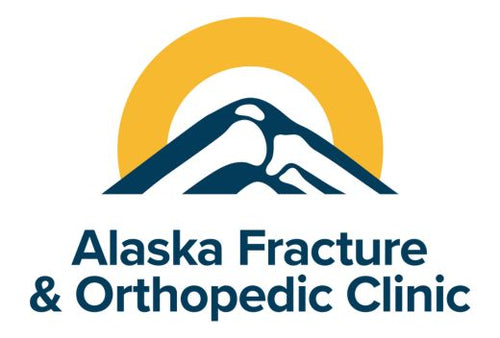Skeletal muscle is one of the most commonly injured tissues of both athletes and non-athletes alike. [1] Although it can be debilitating and limit our daily activities, there is much that we can do to help our bodies recover from these injuries. In particular, nutrition and exercise are equally useful tools for both the maintenance of muscle health and recovery after injury.
The Structure of Skeletal Muscle
In order to rehab damaged muscles tissue, it helps to know how muscles work when healthy. Each skeletal muscle is its own organ composed of nerves, blood vessels, connective tissue, and of course the actual muscle cells—called myocytes.
Each myocyte is able to contract on its own because of long, chain-like proteins called actin and myosin. As these proteins interact, they pull on each other, causing the cell to contract. Because of the importance of proteins like actin and myosin to a muscle, myocytes are protein rich cells.
To form a whole muscle, myocytes are linked end to end and then grouped in bundles. Everything in a muscle, from the proteins on up to groups of cells, is arranged in a long fiber so that the muscle can contract to move our bodies.

Muscle Injury and Repair
Muscle tissue repair is separated into three main stages: destruction, repair, and remodeling. [1] Understanding these stages of repair is critical to understanding how to rehab a muscle.
The destruction phase begins with the muscle injury. Whether the injury occurs from a laceration, contusion, or overworking an under-trained muscle— the physical damage is very similar. An individual cell is damaged, creating a break in a long chain of cells which can no longer contract. More severe injury will be due to multiple, adjacent ruptures of cells as well as the surrounding connective tissue and blood vessels. Immediately following the injury, blood and immune cells will flood the site. The damaged cells die in this process, but the site is sealed off and the blood begins to clot. This limits the extent of the damage. [2]
The repair phase starts with immune cells cleaning up the injured area. They get rid of the damaged tissue and allow for stem cells to move in. By this time, scarring has formed in the muscle, keeping the muscle pulled together. The stem cells now begin to mature into muscle cells. [1]
The remodeling phase involves the final maturation and alignment of the newly formed muscle cells. The ideal outcome is that they become aligned just like the old cells and begin to push the scar tissue out of the way. [1]
 Aiding the Body’s Natural Healing Process
Aiding the Body’s Natural Healing Process
Understanding the stages of muscle repair helps inform our rehab of the muscle. The mnemonic RICE (rest, ice, compression, elevation) is helpful during the destruction phase. The goal here is to limit the amount of swelling and blood pooling at the injury and preventing further tearing of the weakened muscle.
Resting the injured muscle remains a good idea through the repair phase because new myocytes have not fully matured to replace the old ones. Any stress to the muscle could cause further rupturing near the existing injury.
However, rest does not remain the best tool for recovery. The remodeling phase will begin, typically within 4-6 days. Light exercise and stretching become important to properly remodel the new muscle. [1] Without this stage of rehab, the new muscle cells will not all line up correctly and significant scar tissue will remain. Instead of looking like neat bundles of fibers, the new muscle will look like a tangle of yarn and won’t be as effective.
Beyond RICE and exercise, there are several important factors in muscle recovery:
- Quality of sleep — sleep deprivation inhibits muscle recovery. [3]
- Hydration — water is essential for cell health and will decrease soreness.
- Age — older individuals absorb less protein from their diets. [4]
- Nutrition — targeted nutrients can enhance both the quality of healing and the time needed for healing. [5]
Nutrition Should Account for Your Lifestyle Factors
Nutrition is often a difficult factor to control because it interacts with all of the other factors. A great example of this is the general recommendation is to consume 0.8 grams of protein per kilogram of your body weight. [6] However, muscle repair demands more protein, individuals absorb less protein as they age, and more active individuals benefit from higher protein intake as well. [7] These factors should be considered in your diet.
Muscles recover more quickly with higher protein intake, which makes protein supplements an effective addition to your diet when your goal is muscle recovery. [7] MEND Repair & Recover includes whey protein and additional nutrients to aid muscle growth and fight inflammation in recovering muscles.
Sources:
- Regeneration of injured skeletal muscle after the injury
- Cellular and Molecular Regulation of Muscle Regeneration
- Sleep deprivation impairs functional muscle recovery following injury
- Protein intake and exercise for optimal muscle function with aging: recommendations from the ESPEN Expert Group
- Changing RICE to NICER
- Increasing Dietary Protein Requirements in Elderly People for Optimal Muscle and Bone Health
- Dietary Protein Distribution Positively Influences 24-h Muscle Protein Synthesis in Healthy Adults



